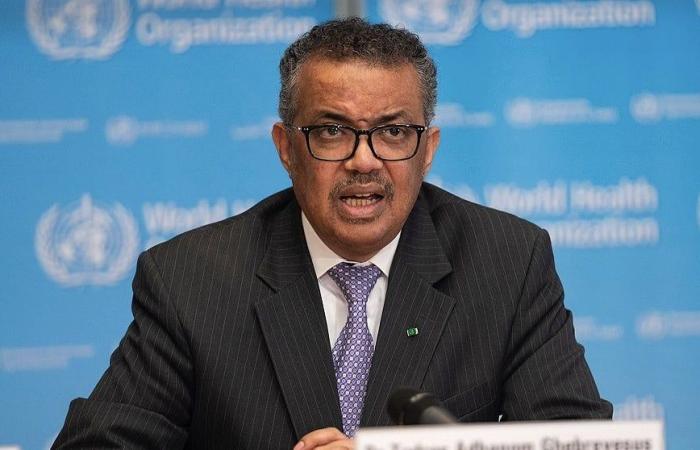The World Health Organization (WHO) has identified the seven essential health teams to provide a medical response in cases of nuclear explosions or radiological emergencies. This is an action that, as detailed by this organization in a recent document, begins at the level prehospital and is structured around a ‘medical response initiator’; the first to respond to the alert at the scene; A team of emergency medical response; a triage team; one or more radiological advisors; a decontamination team; a public health advisor and a medical transport team.
As detailed by the WHO in its report, which details the generic procedures that doctors must follow to respond during a nuclear or radiological emergency, the person who takes the first step in a formal emergency response It is known as ‘medical response initiator’. This figure is responsible for notify to the corresponding teams and obtaining the “basic information” about the event.
This role can be assumed, as specified by the WHO, by a dispatcher, communications coordinator or a general practitioner who identifies the event after examining a victim. “He medical response initiator is responsible for obtaining the basic information that characterizes the emergency and initiating the appropriate level of response,” the document states.
Next to this are the first responderswhich, as described in the study, “are the first team arriving at the scene of the emergency in an official role.” These may be radiation protection officers in specific facilities or emergency services such as the police, firefighters or medical personnel in public places. They are responsible for addressing “the initial aspects of the emergency” and providing first aid until the medical response team arrives.
Emergency medical response and triage
On the other hand, there is the emergency medical response teamwhich provides first aid and prehospital care qualified the victims. This group is characterized by its knowledge of medicine in this type of case, although its training in biological effects of ionizing radiation can be limited, according to what the study shows.
Next to these is the triage team, which is responsible for “determining the initial management of victims” at the scene of the emergency. For a limited number of victims, this task is performed by the emergency medical response team with the support of specialists who communicate from other locations.
Specialized emergency teams
Added to these figures is that of radiological consultant. This is a qualified professional sent to the scene of the emergency to “assess radiological conditions” and provide information on radiation protection to responding personnel. “The radiological consultant may be a single person or part of a team whose tasks include performing studies, pollution control and organization of decontamination operations,” details the WHO.
You must also have a decontamination equipmentwhich must be in charge of monitoring personal and equipment contamination at the scene of the emergency, helping to prevent the spread Of the same. They work closely with the radiology consultant to ensure the effectiveness of decontamination procedures.
Public health and medical transportation
Public health advisors also have their role in a nuclear or radiological emergency. In these cases, this figure will be in charge of notify to the public about the threats and coordinate the response to protect the population. Their tasks include “stable iodine prophylaxis,” if necessary, and long-term medical follow-up of the affected people.
Lastly, the medical transport equipment takes care of transfer to the victims from the scene of the emergency to the hospital, making sure to properly treat the injured people during transport and to control contamination.
Emergency response at the hospital level
The second step, according to the study of the WHOis carried out already within the level hospitable. Again, this answer is structured around various roles and teams clue. The figure of medical response initiator is repeated at this level, and is accompanied by a emergency medical manager, who is usually a specialist who manages the team’s actions. This role can be assumed by the head of the hospital, the coordinator or an emergency doctor if these others are not present.
On the other hand, hospitals must have a response team in the face of these emergencies, made up of specialists and hospital support staff, activated upon receiving the victim notifications. Includes a coordinator, emergency physician, triage officer, nurseradiological support staff, technical registrar, public information officer, securitylaboratory technician and maintenance personnel.
Another necessary profile is medical/health physicalwhat is a radiological specialist responsible for the evaluation of doses, for carrying out the necessary studies and for the decontamination of patients and with him, in the hospital there must be a radiological evaluation equipmentso that they work together.
This will, in turn, have a specialized laboratory supportto perform analysis of biological samples in order to detect radioactive materials. This, according to the WHO, should be equipped to monitor internal contamination and provide biokinetic models and cytogenetic and physical dosimetry for the dose evaluation.
Although it may contain statements, data or notes from health institutions or professionals, the information contained in Medical Writing is edited and prepared by journalists. We recommend the reader that any health-related questions be consulted with a healthcare professional.






